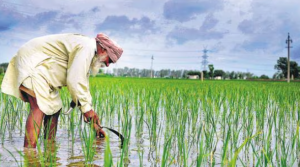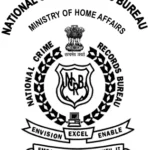India’s $48 Billion Input Subsidy for Power and Agriculture Raises Concerns

At a meeting of the World Trade Organization (WTO) in 2022–2023, the US, EU, UK, Australia, Canada, Brazil, New Zealand, and Japan all voiced worries about India’s subsidies for farmer inputs. Approximately $48 billion in handouts were given to India to help pay for things like power, irrigation, and fertilizer.
Background of the Dispute
The US drew attention to how big these handouts were by saying they were more than twice as much as all the trade-distorting aid India had reported in the previous fiscal year. The 2015-16 Agriculture Census found that 99.43% of farm holdings in India were owned by people with low incomes or few resources. These benefits are important because they help these farmers in important ways.
WTO Rules and Flexibilities for Developing Countries
Under Article 6.2 of the WTO’s Agreement on Agriculture, emerging countries like India are given more freedom to help their own people by giving subsidies for things like fertilizers, irrigation, and power. There are limits on other types of farm support, like price and income support, which is part of the Aggregate Measurement of Support (AMS). But these benefits don’t have those limits. For developed countries, the AMS limits are set at 5% of all agricultural products, and for developing countries, they are 10%.
India’s Justifications and International Request for Transparency
India said that inflation and growing fertilizer costs were the main reasons for its higher subsidy spending. India also claimed that it had given the WTO all the information it needed about subsidies, in response to calls for more openness from other countries.
What is Aggregate Measurement of Support (AMS)?
The Aggregate Measurement of Support (AMS) is a key part of the World Trade Organization’s (WTO) Agreement on Agriculture and is used in international trade in agriculture. AMS figures out how much help a country gives its agricultural goods, including subsidies. Its goal is to limit the amounts of home support that hurt trade by making countries gradually lower their AMS. Some countries, like emerging ones, are exempt and can have higher AMS limits. When the AMS does its estimates, it leaves out supports that don’t change trade or only slightly change it, like money for research or environmental projects. Instead, it focuses on measures that change market prices or quantities.






